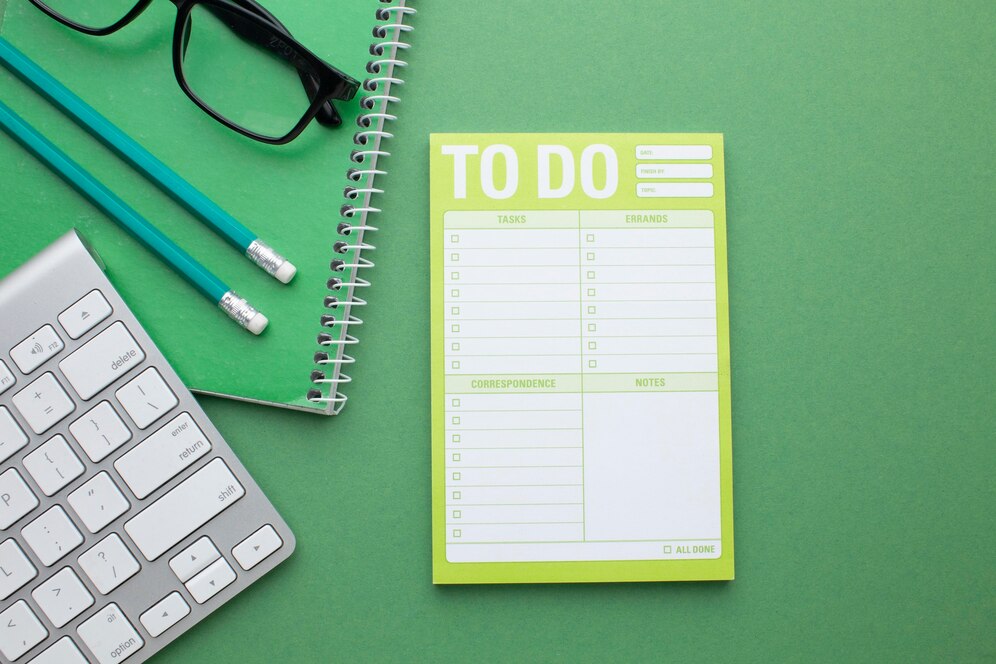Take Control of Your Finances: A Beginner’s Guide to Budgeting
Budget in today’s fast-paced world, financial stability is more important than ever. Many individuals find themselves struggling to make ends meet, living from paycheck to paycheck. However, there is hope. By mastering the art of budgeting, you can take control of your finances and work towards a brighter future.
Introduction
Are you fed up with feeling like your money is in charge of you instead of the other way around? Do you long for the peace of mind that comes with knowing you’re on solid financial ground? If so, you’ve come to the right place. In this comprehensive guide, we’ll walk you through the process of creating a budget that works for you.
Step 1: Identify Your Income and Expenses
To make a budget, first, see where your money goes. Keep tabs on what you earn and spend for at least a month. Be thorough and meticulous, recording every transaction, no matter how small. This will give you valuable insight into where your money is going and where you can make adjustments.
Step 2: Categorize Your Expenses
Once you clearly understand your income and expenses, it’s time to categorize them. Sort your spending into two groups: things you need and things you want. Needs include essentials like housing, food, and utilities, while wants are non-essential expenses like dining out and entertainment. Categorizing your expenses will help you prioritize your spending and allocate your resources effectively.
Step 3: Set Financial Goals
Now that you know where your money is going, it’s time to think about where you want it to go. What are your financial goals? Are you looking to save up for a house deposit, clear debt, or set aside money for emergencies? Setting specific, measurable goals will give you something to work towards and help keep you motivated.

Step 4: Assign Dollar Amounts
With your goals in mind, it’s time to assign dollar amounts to each category in your budget. Be realistic and flexible, considering any fluctuations in income or expenses. Remember, your budget is a living document that can and should be adjusted as needed.
Step 5: Track Your Spending
Once your budget is in place, tracking your spending is essential to stay on track. Many tools and apps can help you do this, or you can use a spreadsheet or pen and paper. Whatever method you choose, review your spending regularly and adjust as needed.
Tips for Sticking to Your Budget
Making a budget is one step, but sticking to it is another challenge. Here are some tips to help you stay on track:
- Automate your savings and bill payments: Set up automatic transfers to your savings account and automatic bill payments to ensure you never miss a payment.
- Use the 50/30/20 rule: Allocate 50% of your income to needs, 30% to wants, and 20% to savings and debt repayment.
- Avoid impulse purchases: Ask yourself if it aligns with your financial goals and priorities before purchasing.
- Regularly check and change your budget: Life changes, and so does your budget. Look at your budget often and make changes if your income, spending, or goals change.

Conclusion
Making a budget and sticking to it needs time and effort, but it’s worth it. If you follow the steps and tips here, you’ll be closer to being financially secure. Remember, budgeting is a journey. Be patient, keep going, and celebrate when you make progress!
Q: Why do I need a budget?
A: A budget helps you manage your money, achieve financial goals, and reduce stress. It’s like a roadmap for your finances!
Q: How do I start creating a budget?
A: Begin by tracking your income and expenses for a month. Write down every transaction, no matter how small.
Q: What are the essential categories for a budget?
A: Common categories include:
– Housing (rent/mortgage, utilities)
– Food (groceries, dining out)
– Transportation (car payment, insurance, gas)
– Insurance (health, life, disability)
– Debt repayment (credit cards, loans)
– Savings (emergency fund, retirement)
– Entertainment (hobbies, travel, leisure activities)
Q: How do I prioritize my spending?
A: Focus on needs (housing, food, utilities) first, then allocate funds to wants (entertainment, hobbies). Make sure to save for long-term goals, too!
Q: What tools can I use to track my spending?
A: Try budgeting apps like Mint, You Need a Budget (YNAB), or Personal Capital. Spreadsheets or notebooks work, too!
Q: How often should I review my budget?
A: Regularly review your budget (e.g., monthly, quarterly) to adjust for changes in income, expenses, or goals.




